Another Way?
In our article “Which Camino is the Way for you?” we talked about some of the Camino paths that lead to Santiago de Compostela. However, it was impossible to describe all of these routes in one go, seeing as there are so many! We talked about the French Way, which is currently the most popular way. The Portuguese Way, which offers lots of variation and change of scenery. Finally, the Way to Fisterra, which starts at Santiago and goes towards the End of the World. So, what’s left?
Like we said, traditionally each pilgrim would trace his own path, setting out from his home and walking along more or less busy roads until they reach the Cathedral of Santiago de Compostela. That has resulted in a joyful spider’s web of Ways to Santiago, covering all of Europe. Even over the past few decades, paths have changed as official routes have been created and detours added. Here’s a few other ways you could reach Santiago de Compostela, if you didn’t fancy going by the Camino Francés or the Camino Portuguese.
Camino del Norte – the wildest Way?
The first time I walked the Camino de Santiago it was along the Camino del Norte, following the Basque Country coast. I was blown away. I fell in love with Spain and the Camino and, be warned, I haven’t stopped hiking it since. The Camino del Norte goes along the Northern Coast of Spain and, although not always directly on the beach, boasts some stunning scenery.
History of the Camino del Norte –
The Northern Way has historically rivalled the French Way. For a while, it had the upper hand, as it was safer than going through the interior of the country, which was still held by Moors. However, after the Spanish took back their territories, the kings of these provinces started promoting the French Way more widely. Thus, the Coastal Way fell into disuse. A pilgrim can still sense this difference today. The Northern Way goes through fewer large cities (aside from amazing Bilbao!) and offers less (but still enough) accommodation.
The Northern Camino may provide pilgrims with a wilder feel. Walkers have more opportunities to be alone with nature, be it on top of coastal cliffs or in the middle of majestic forests. They may get a little off trail and savour the small miracles that occur when this happens. In recent years, the Northern Way has become more popular, as people seek out alternative paths to the French Way. So, you will still meet new friends, enjoy coffee stops along the Way and share delicious pinxos with fellow pilgrims.
The Best of the Camino del Norte–
It’s still a whopping 822km from end to end. Start by crossing the border from France into Spain, and end by joining the French Way for the last few days and walk triumphantly into Santiago together. If you don’t feel like walking all that way, check out Andaspain’s Best of the Camino del Norte Tour! This tour covers the highlights of the Camino del Norte, including the Guggenheim Museum in Bilbao and the stunning Cares Gorge Walk. We finish the tour by walking the last 100kms of the Camino Primitivo, an optional split along the Camino del Norte.
The Camino Primitivo – the oldest Way.
While you’re walking along the Northern Way, you will reach a sign: Gijon, this way; Oviedo, the other way. These are two Spanish cities, and the sign-posts lead to two entirely different Caminos. You have the choice: a terrible choice, because both are incredible! If you choose to go to Oviedo, you will leave the Camino del Norte and instead join the Camino Primitivo for the rest of the Way.
History of the Camino Primitivo –
The Primitive Way is called that because it is said to be the first pilgrimage ever walked to Santiago. Upon hearing of Saint James’s reliquary, the King of Asturias Alfonso II hurried along to Santiago to check that this was indeed a holy site. Many pilgrims followed him, notably his successor Alfonso III. For a while the Camino Primitivo was the main way of reaching Compostela. However, when Leon replaced Oviedo as the capital of the province, the French Way became much more popular.
Walking the Camino Primitivo –
Today, the Camino Primitivo still has a reputation for being more challenging than the others. This may make it a little daunting, but in fact it’s perfectly accessible to a hiker with a reasonable level of fitness. The ups and downs that take you along the Asturian mountains which are actually a highlight of the path. If you take them one step at a time, then you will make it to the top in the end – and have plenty of time to savour the views of grassy hilltops and wild horses whilst you walk.
From Oviedo to Santiago, count on about 12 walking days. Make sure you take the time to look around the historical town of Oviedo before you set out through the stunning hills and countryside. The first five days will allow you to build up your legs before tackling the hardest stage of this Camino: the infamous Pola de Allende with a steep incline into the town.
But trust me, it’s fine. Take it slow, plan a few snack breaks and it’ll be over before you know it.
Over the next few days you will be able to observe how the Asturian culture morphs into Galician culture, similar but not the same, before crossing over into Galicia. Take in the town of Lugo, with its Roman ruins, narrow streets of tapas and of course, gorgeous cathedral, until it’s time to set off for the last stages of this Camino. Soon you will join the Camino Francés in Melide and walk to Santiago de Compostela surrounded by many fellow pilgrims.
Any other Way?
There are still more Ways to reach Santiago de Compostela, each of them unique in their own way. You can explore the quiet and dusty paths of the Vía de la Plata (from Sevilla) and the cobbled fishing towns along the Coastal Portuguese Way. There is also the English Way (from Ferrol), the Camino del Salvador (between the Francés and the Primitivo), the Camino de Levante (from Valencia) … Happily, there are still many Ways to discover!
If you want to join a walking group with pilgrims from around the world, check out our Fully-Guided Camino de Santiago Tours.
If you prefer to walk solo, check out our Self-Guided Camino de Santiago Tours.
However, you do it, just keep Walking!

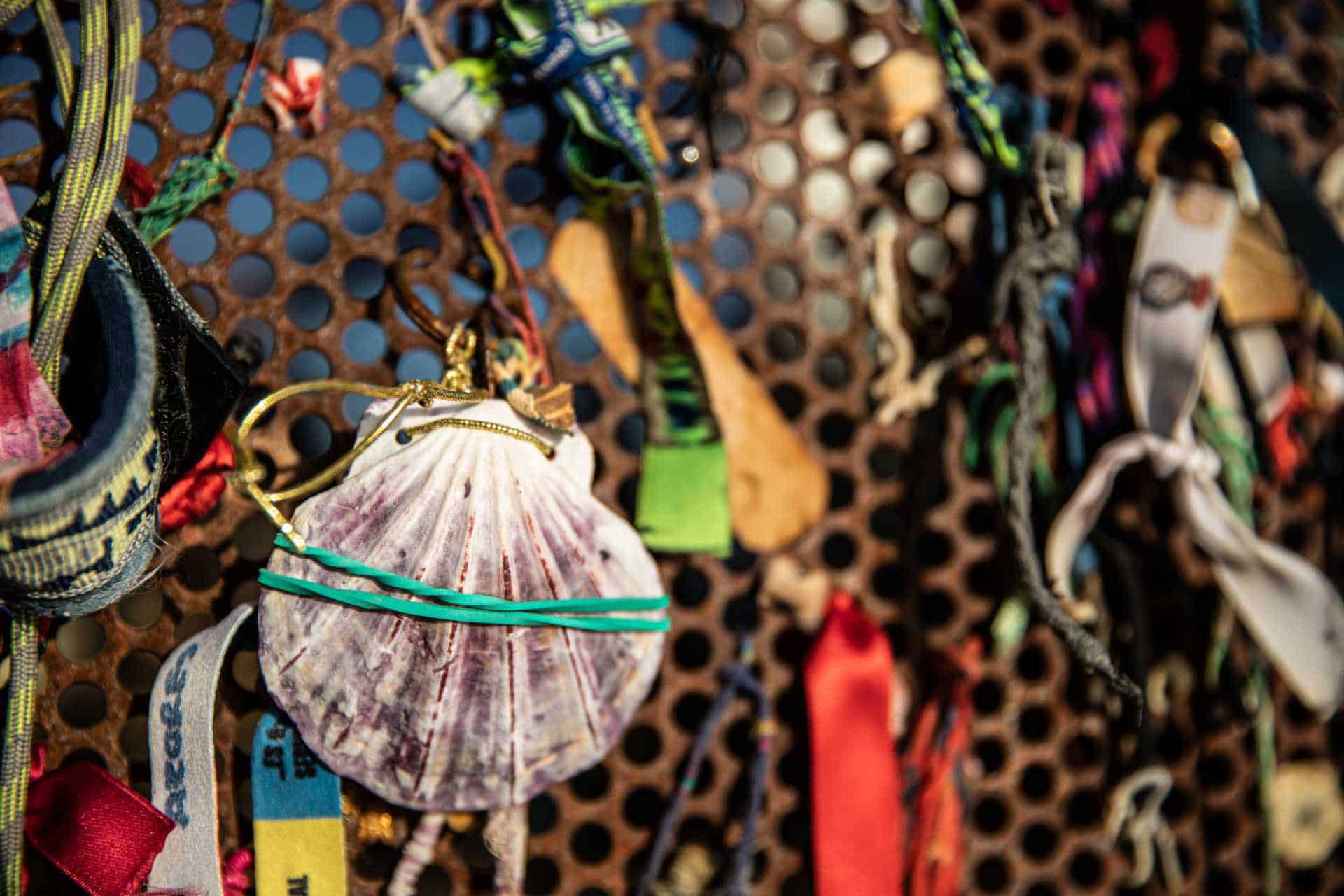
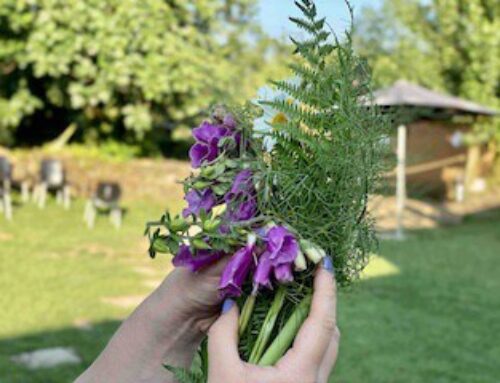
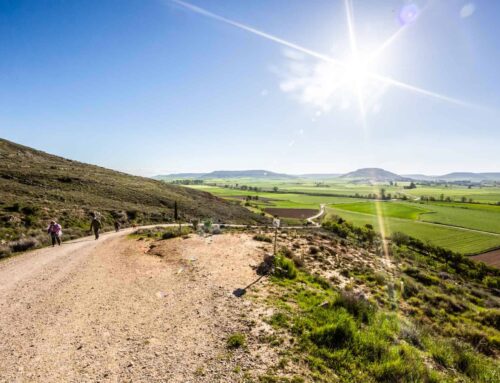
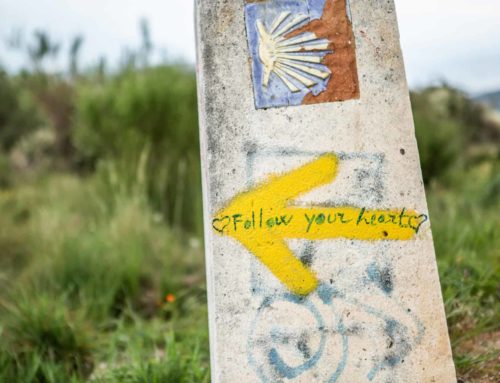
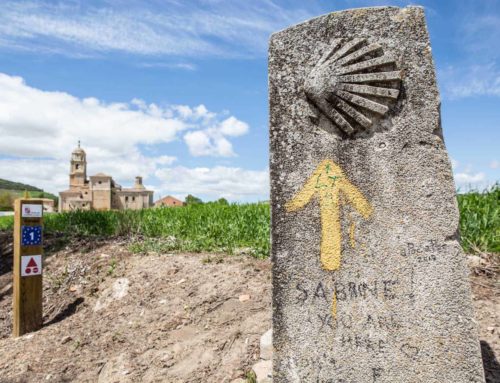
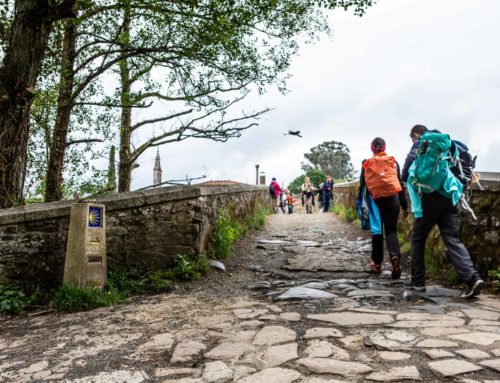
Leave A Comment